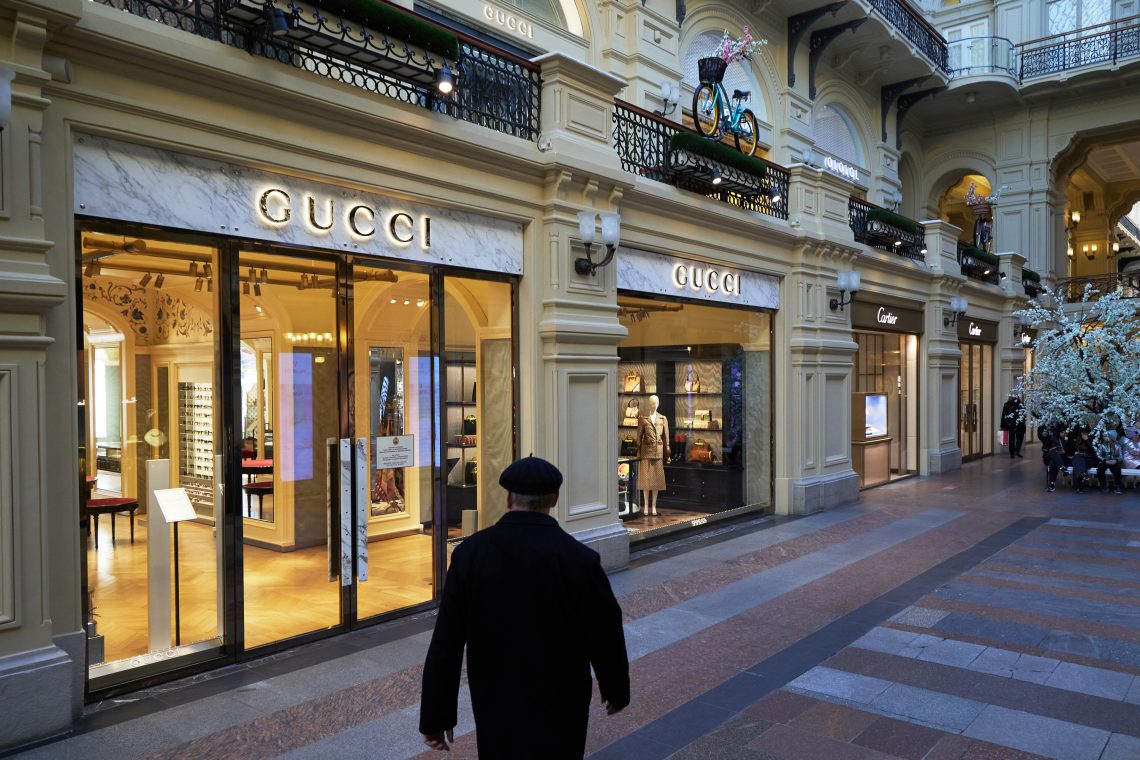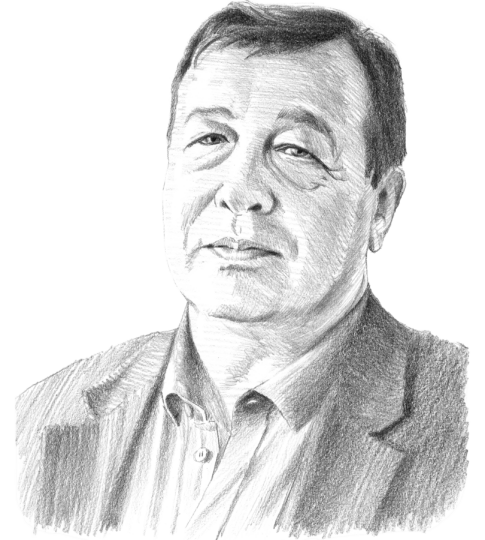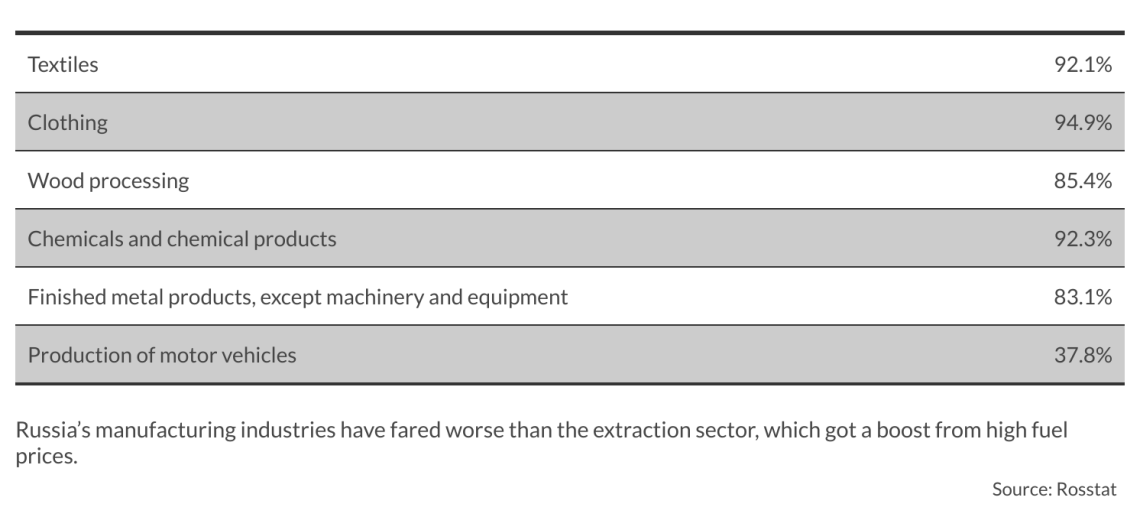Appraising Russia’s wartime economy
While sanctions have hurt aspects of the Russian economy, high energy prices have helped the country mitigate the damage.

In a nutshell
- The Russian economy may shrink only 6 percent in 2022
- Revenue from energy exports is up, but other sectors suffer
- It is too early to gauge the effectiveness of Western sanctions
It is becoming more and more difficult to assess the state of the Russian economy because there are fewer and fewer official figures. Since April 2022, Russian authorities have stopped providing trade statistics. Data on exports, imports, the structure of capital outflow and the balance of payments are no longer published by the customs service and the central bank. The foreign trade numbers of the Eurasian Economic Union (EAEU) are no longer accessible.
The central bank has also stopped publishing the structure of Russia’s international reserves. Since the end of March, only their total values have been updated, without detailing assets.
The government has also allowed Russian companies to refrain from publishing data until the end of 2022. The central bank first permitted banks not to disclose their main financial reporting, and later allowed all financial organizations (including non-state pension funds and insurance companies) to keep management and audit data private. In March, the Russian aviation agency stopped publishing statistics on passenger traffic.
The main impact of sanctions is expected to hit only in the fall and winter of this year.
The official explanation for this is “to avoid incorrect estimates, speculation and discrepancies” and “to protect enterprises and specific individuals from sanctions.”
But, of course, the true purpose is to hide objective information about the deterioration of the economic situation in Russia.
What do publicly available numbers show?
The Russian Statistical Agency has published data for January-June 2022. Industrial production in June 2022 amounted to 98.2 percent compared to June last year, while transport turnover fell by 5.8 percent. The volume of retail trade fell by almost 10 percent. Inflation was 15.9 percent. Real incomes of the population decreased by 0.8 percent in the first half of 2022 compared to the first half of 2021.
Such figures are not a disaster, although the Russian economy has shrunk, or, as some Russian officials say, has entered a stage of “negative growth.” This had already happened by the end of April 2022, which can only be explained by the introduction of a whole package of Western economic sanctions in February and March. Prior to that, the Russian economy was growing steadily after the economic downturn of the Covid-19 pandemic.
It is therefore obvious that the sanctions imposed by the West have caused an economic crisis in Russia. However, the situation varies significantly, depending on the industry.
The main export sector – mining (oil, natural gas, coal, etc.) – after a slight decline in April, began to grow again in May-June. This is due to high oil and gas prices on world markets, as well as delayed sanctions in this sector. The EU oil embargo (with several exemptions) will come into effect only at the end of 2022. Meanwhile, sanctions on Russian gas are still being discussed, and Europe only stopped buying Russian coal on August 10.
For manufacturing industries that depend on imported components and equipment, official data show a serious drop (see table below).
Facts & figures
Nevertheless, as of July 1, 2022, the Russian economy was not in a catastrophic state. This is also confirmed by the fact that there are very few large social protests in the country.
Why is the Russian economy so stable?
First, it should be noted that the main impact of sanctions is expected to hit only in the fall and winter of this year. This is the result of long negotiations over sanctions among Western countries and the subsequent preparatory periods before their imposition.
Second, Russia still receives very significant funds from oil and gas exports. This flow even increased in the first months of the war. Russia earned $47 billion from the sale of energy resources to Europe in March and April – the first two months after the start of the “special operation” in Ukraine. Because of higher fuel prices, exports have brought the country twice as much revenue as in the same period last year despite the decline in gas exports to Western countries by almost 28 percent since the beginning of 2022.
Read more on the impact of sanctions:
Do sanctions regimes have endgames?
Under the influence of massive Russian state propaganda, a large part of society believes that the situation is heading in the right direction. Some 68 percent of respondents were optimistic, according to surveys conducted by the independent sociological Levada Center in July 2022. President Vladimir Putin’s standing was even higher: 83 percent of respondents said they approved of his performance.
Mitigating factors
There are two factors that may mitigate the pace of economic decline this year and the next.
The first is an increase in trade with countries that have not imposed sanctions on Russia, like Turkey. In June 2022, exports of goods from Turkey to Russia – $791.4 million – had increased by 46 percent year-on-year and by 52 percent compared to the previous month. The June volume is at its highest since the beginning of 2010.
Turkey and Russia have agreed to bring the trade turnover to $100 billion. Such an indicator appears in the road map for economic cooperation between the two countries, Turkish President Recep Tayyip Erdogan said following a meeting with President Putin on August 5, 2022. According to him, the parties intend to develop cooperation in such areas as energy, trade, tourism and agriculture. Following the meeting, the two sides agreed to start partial payment for Russian gas in rubles.
Another example: from May 27 to June 15, 2022, the amount of coal India purchased from Russia increased nearly sixfold, and oil imports were 31 times what they were last year. Russia offers Indian importers discounts of up to 30 percent. In addition, Russian sellers accept payment in Indian rupees and United Arab Emirates dirhams.
There will likely be no economic catastrophe this year or the next.
The second means of mitigating the economic consequences of Western sanctions are so-called “parallel imports” – the import of goods into the country without the consent of the manufacturer or the copyright holder. This mechanism is dubbed “parallel” since the import is carried out simultaneously with deliveries from authorized dealers.
It is significant that such imports are officially recognized by the Russian government. A special federal law was even adopted for this phenomenon. Now the law protects Russian companies from importing goods without the permission of the copyright holder.
The Ministry of Industry and Trade has approved a list of goods that will be included in parallel imports. So far it contains about 100 categories and includes brands like BMW, Toyota, Audi, Renault, Nissan, Apple, Samsung, Sony, HP and Intel as well as equipment for different industries, clothes, shoes, and cosmetics.
On August 15, it was announced that the volume of parallel imports to Russia since the law was introduced in May had reached almost $6.5 billion. By the end of the year, this figure is expected to grow to $16 billion.
Scenarios
Russia’s Ministry of Economic Development expects that in 2022 and 2023 the country’s economy will shrink by 4.2 and 2.7 percent respectively, and only in 2024 will it resume growth (by 3.7 percent).
The International Monetary Fund (IMF) published a similar forecast in July, predicting a drop of 6 percent instead of 8.5 percent as was expected in April. At the same time, the forecast for 2023 worsened: if in April the IMF talked about a decrease of 2.3 percent, now it is 3.5 percent.
According to the results of the second quarter, the Russian economy shrank less than previously expected. Exports of oil and products from the non-energy sector performed better than forecasts predicted. The IMF notes that domestic demand has remained stable due to the localization of the effect of sanctions on the domestic financial sector and the better-than-expected state of the labor market.
There will likely be no economic catastrophe this year or the next. Instead, “negative growth” is expected to continue, which will probably affect almost all sectors of the economy, including the extraction of raw materials. The economy will likely become more dysfunctional due to the acute shortage of investment and lack of new technologies.









